During an excavation at a site in the Al-Subiyah desert in West Asia, Kuwaiti and Polish experts discovered traces of a mysterious civilization. It was a "strange" clay head belonging to a "snake man".
Decoding ancient artifacts
Archaeologists have discovered traces of a mysterious civilization that existed in the Al-Subiyah desert, northern Kuwait, between 5500 BC and 4900 BC. Among them, there is a clay head that they call "snake man".
The reason experts call the clay head "snake man" comes from the fact that this artifact has a long skull, flat nose, no mouth and narrow, squinted eyes.
The clay head is quite similar to the "snake man" image in Ubaid culture. Therefore, experts have spent a lot of time researching and deciphering this ancient artifact.
According to the research team, the discovery of the "snake man" is a unique discovery at the Bahra 1 site. It is also important evidence of the influence of the Ubaid civilization's practices and beliefs across West Asia.
“The presence of the clay head raises interesting questions about its purpose, symbolic value or ritual value for ancient people,” said archaeologist Piotr Bieliński.
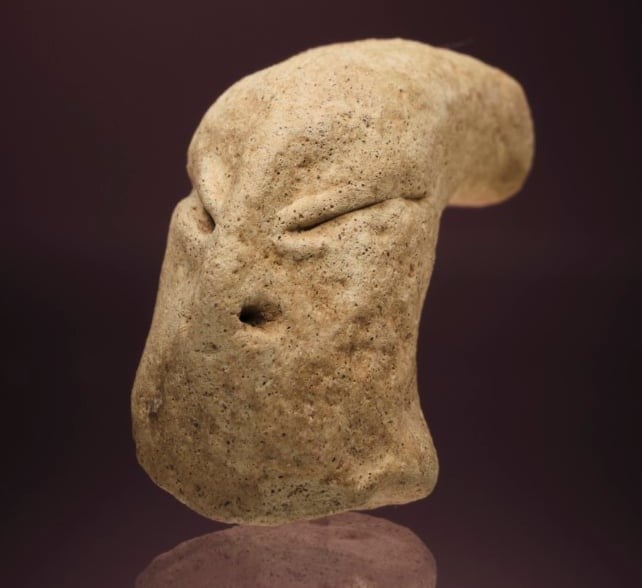 |
Ubaid "snake head" found at Bahra 1. Photo: Adam Oleksiak/CAŚ UW. |
Laying the foundation for many cultures
In addition to snake-faces, Ubaid artisans also often created unusually slender female figures with bird or lizard heads.
Long before the Sumerians founded one of the world's oldest civilizations, the Ubaid people laid the foundations for many cultures.
Evidence of the Ubaid culture has been found in trade networks, irrigation systems, and even temples in what is now Iraq and Kuwait. The unique style of Ubaid pottery distinguishes them from other cultures.
Since 2009, the early Ubaid site known as Bahra 1 has attracted archaeological attention for its unique features, including a structure described as a "cult building" and an architectural layout that is unexpected for its age.
The discovery of Ubaid pottery and artifacts, often made from dried plants embedded in clay, has not only helped decipher the Ubaid cultural network, but also shed light on the region’s ecology over seven millennia ago.
Archaeologist Roman Hovsepyan from the Institute of Archaeology and Ethnology NAS RA (France), a member of the research team, said that initial analyses showed traces of plants in the clay, especially reeds, in locally produced pottery. Meanwhile, the remains of cultivated plants, including cereals such as barley and wheat, were also found.
Source: https://khoahocdoisong.vn/nguoi-ran-he-lo-nen-van-minh-7500-nam-truoc-post256514.html




![[Photo] "Beauties" participate in the parade rehearsal at Bien Hoa airport](https://vstatic.vietnam.vn/vietnam/resource/IMAGE/2025/4/11/155502af3384431e918de0e2e585d13a)


![[Photo] Looking back at the impressive moments of the Vietnamese rescue team in Myanmar](https://vstatic.vietnam.vn/vietnam/resource/IMAGE/2025/4/11/5623ca902a934e19b604c718265249d0)
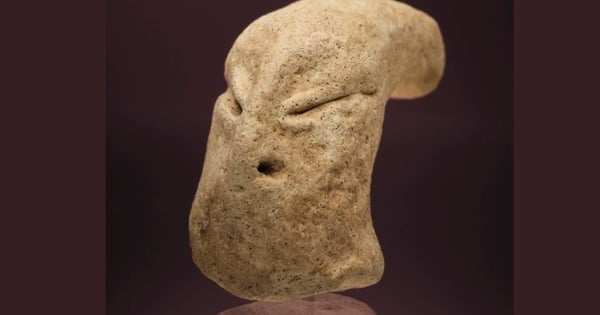

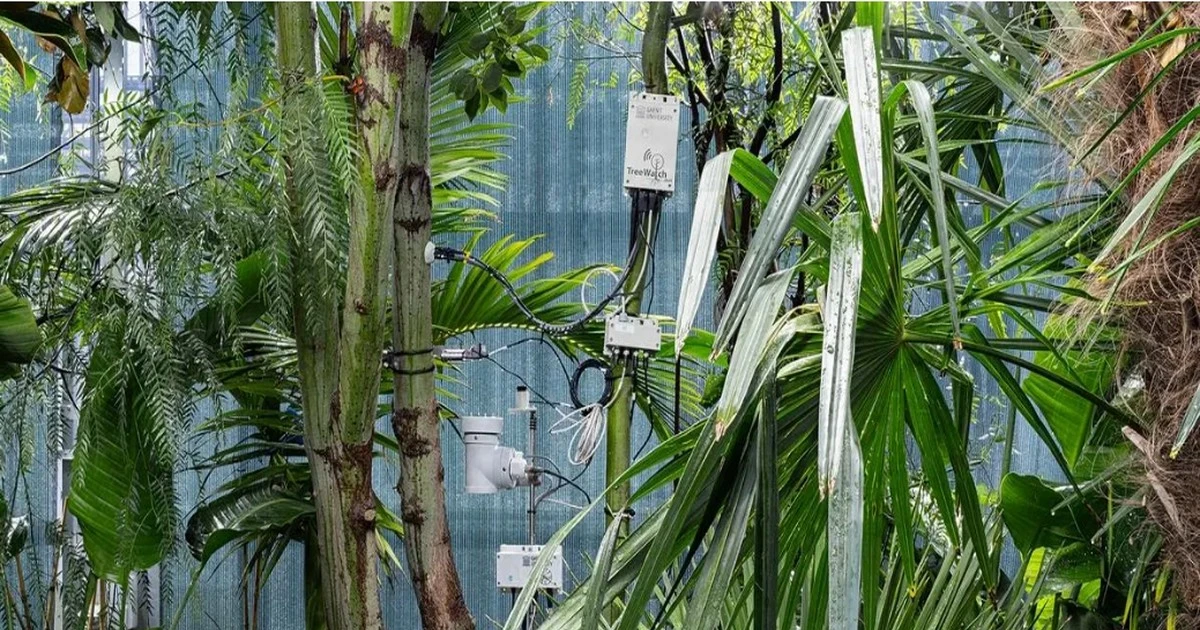










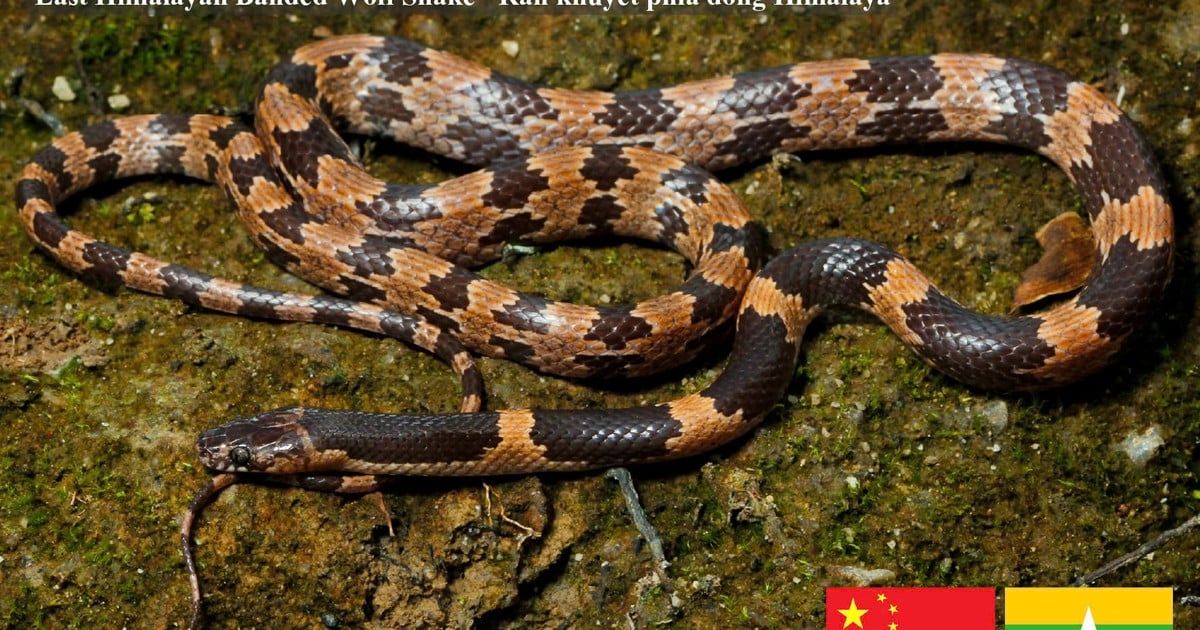

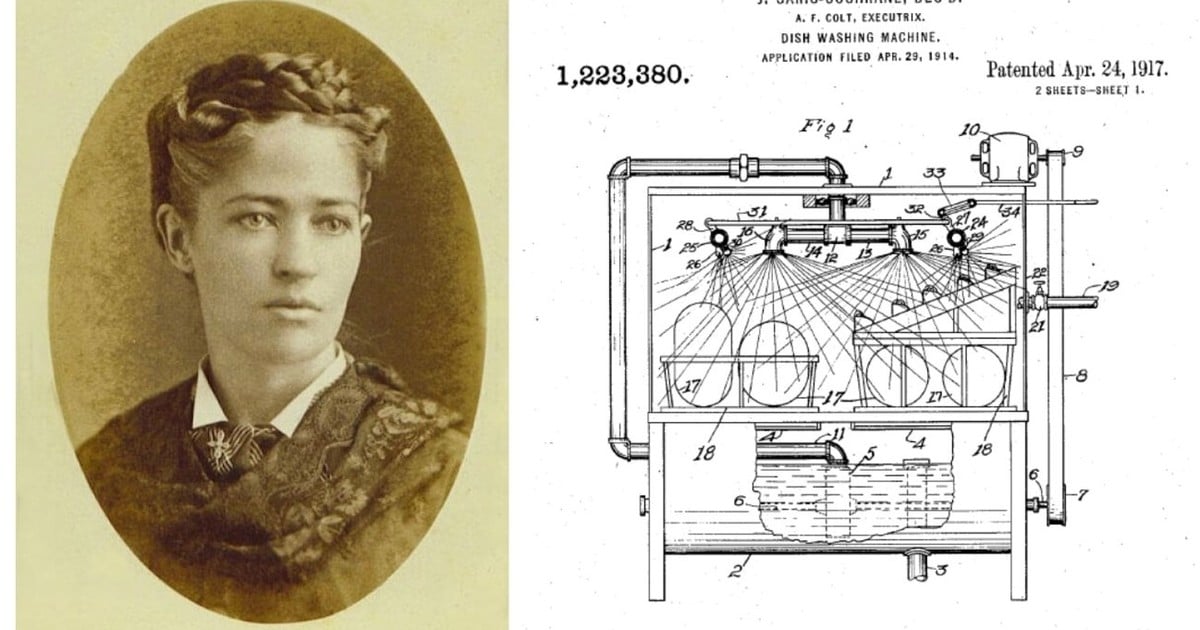
![[Photo] Summary of parade practice in preparation for the April 30th celebration](https://vstatic.vietnam.vn/vietnam/resource/IMAGE/2025/4/11/78cfee0f2cc045b387ff1a4362b5950f)








































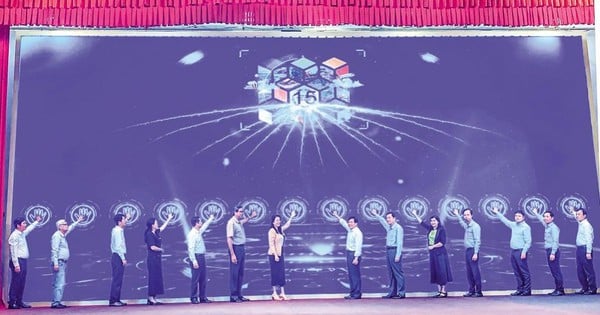







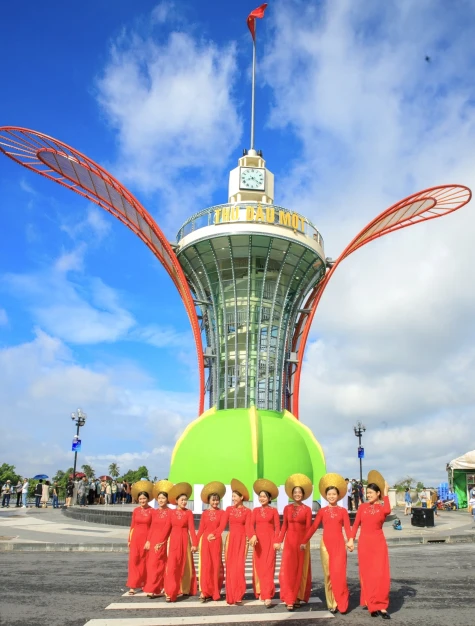















Comment (0)